- Pick up from the Samtech Store in Ambala
To pick up today
Free
- Courier delivery
Our courier will deliver to the specified address
4-5 Days
200+

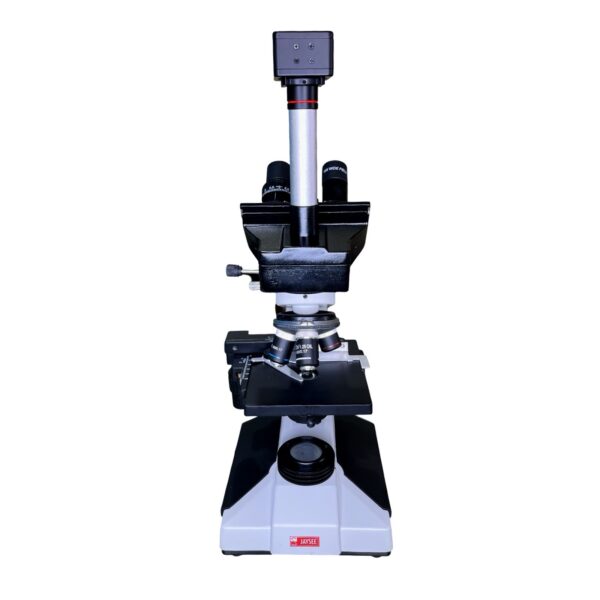
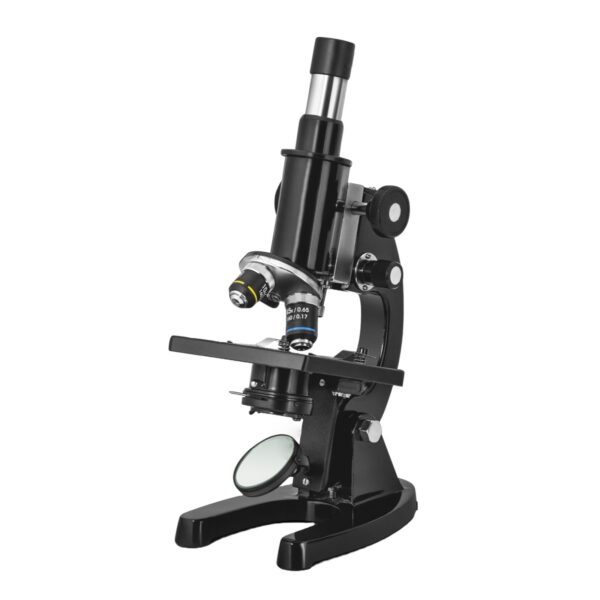
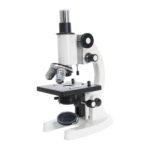
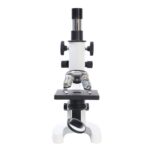
₹5,000 Original price was: ₹5,000.₹2,750Current price is: ₹2,750. (Exc. GST)
To pick up today
Free
Our courier will deliver to the specified address
4-5 Days
200+
A student microscope in a biology school lab is an essential tool for introducing students to the microscopic world and providing hands-on experience in studying biological specimens. These microscopes are designed to be user-friendly, durable, and affordable, making them suitable for classroom use. Here are the key uses and benefits of a student microscope in a biology school lab:
In conclusion, a student microscope is a valuable tool for biology education. It not only helps students observe the microscopic world and understand biological concepts but also fosters a hands-on learning experience. By providing access to specimens that can’t be seen with the naked eye, it enhances engagement, critical thinking, and scientific curiosity in students.
In stock
In stock
In stock
In stock
In stock
In stock
No account yet?
Create an Account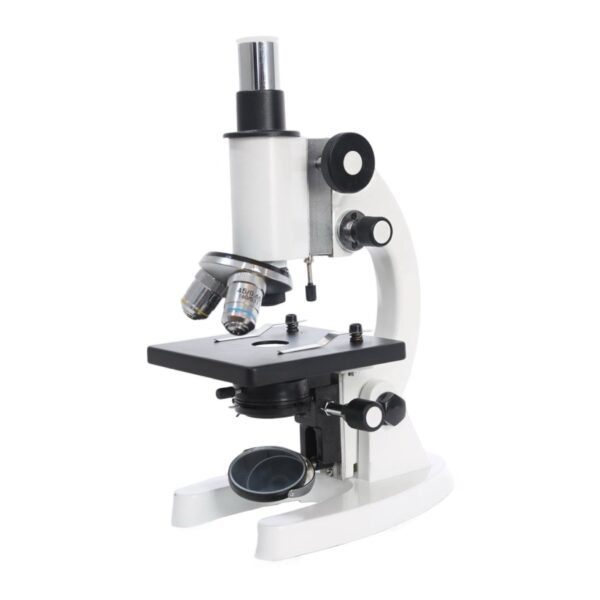
SAMTECH INSTRUMENTS
Typically replies within minutes
Any questions related to Student Microscope?
🟢 Online | Privacy policy
WhatsApp us

